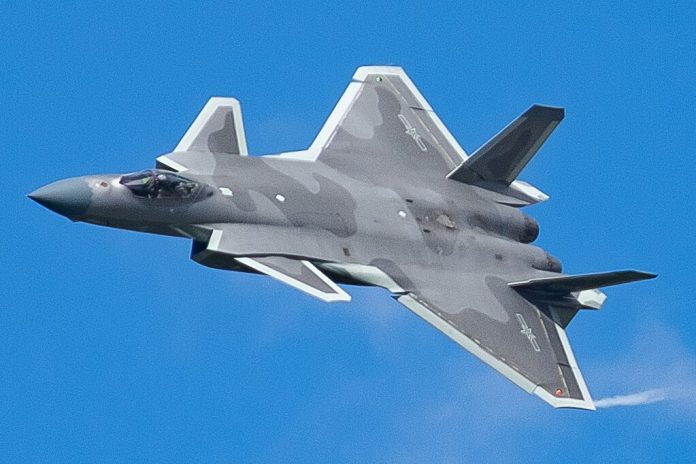
As Joseph Stalin once said, “Quantity has a quality all its own”-a maxim that echoes loudly in the Indo-Pacific skies. The rapid Chinese expansion of its fleets of J-20 and J-35 stealth fighters is changing the calculus for the U.S. and allied air forces, raising urgent questions about where qualitative advantages can offset a looming numerical imbalance.
More than 300 J-20 Mighty Dragons are in service, while dozens more roll off production lines every year. Meanwhile, the carrier-capable J-35 is moving from prototype to fleet integration at a pace that has even startled veteran observers. It’s a surge not merely about hardware but about doctrine, industrial capacity, and strategic reach.
The following ten critical dimensions of this expansion, from propulsion breakthroughs through to pilot training disparities, combine to show why China’s stealth fighter programs are a growing concern for American and allied air dominance.

1. The J-20 Fleet Breaks the 300-Unit Barrier
Deliveries of more than 300 J-20s by the end of 2025 make Chengdu Aerospace Corporation the largest fifth-generation fleet outside the United States. Estimates put the annual output at 70 to 100 aircraft, with projections suggesting it could easily surpass 500 by 2026. This is made possible because digitalized production lines and synchronized state-owned supply chains have yielded an ability for China to sustain high-tempo manufacturing without foreign dependency.

2. WS-15 Engine: Closing the Propulsion Gap
The integration of the WS 15 engine in the J-20 marks a leap in indigenous capability. Capable of up to 180 kN with vectoring control, it provides for sustained supercruise above Mach 1.5, enhancing thermal management for cutting edge sensors. This closes the gap with US engines like the F135 while giving the twin-engine J-20 unmatched thrust levels among operational fighters.
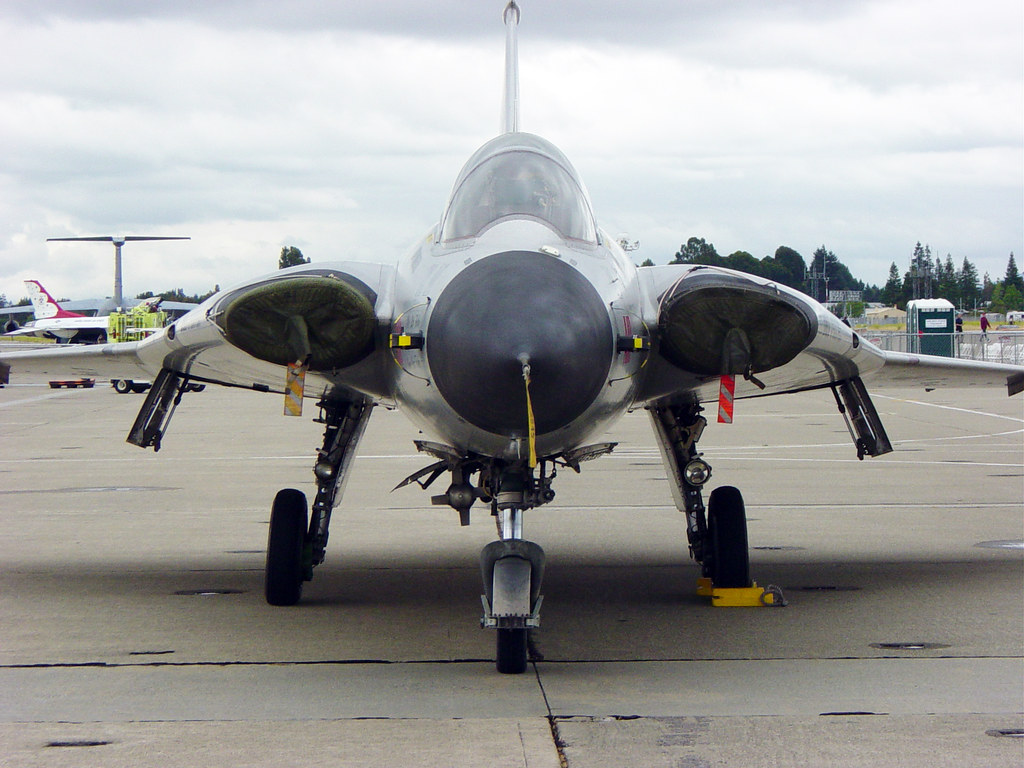
3. J-35: China’s Carrier Capable Stealth Fighter
Based on the FC-31 prototype, the J-35 has folding wings, strengthened landing gear, and electromagnetic catapult compatibility with China’s Type 003 Fujian carrier. State media described its RCS as less than that of the human palm, thanks to metamaterials and stealth shaping. Capable of a maximum takeoff weight of almost 30 tons, it reduces even more the threshold between medium and heavy fighters. It has both long-range capabilities and full-load launch capability.

4. Operational Footprint Expansion
So far, J-20 brigades have been deployed by the PLAAF in all theater commands-from the Taiwan Strait to the South China Sea. Twelve brigades operate the type today, some of which are fully dedicated to stealth fighters. In the PLANAF, the J-35 is positioned to extend the reach of China at sea, complementing land-based J-20s within a layered deterrent network enabled by AEW&C aircraft and stealth UAVs.

5. First-Strike and Multi-Domain Coordination
According to Wang Yongqing of the Shenyang Aircraft Design Institute, the J-35A “can lock on to the targets, share the targets’ position with other weapon systems and even use its own radar to guide other weapons.” It is this multi-domain coordination that lets it stay out of enemy detection ranges and achieve what Chinese sources term “one-way transparency”-a surefire way to break up traditional patterns of air combat.
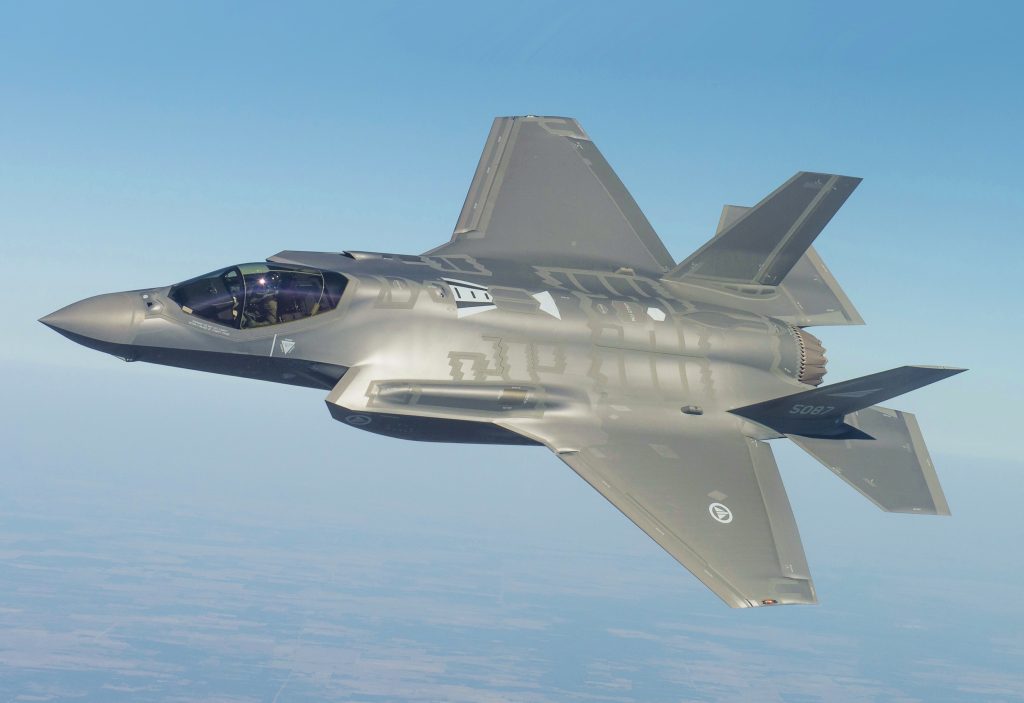
6. U.S. Engine Modernization Lag
While China flies WS-15-powered J-20s, the United States has terminated work on the Adaptive Engine Transition Program for the F-35, moving instead to an improved F135 capable of only limited range and performance improvements, because of incompatibility with the F-35B. This places the United States at risk of losing propulsion innovation momentum in the Pacific theater.

7. Production Rates: Domestic vs. Allied Allocation
Lockheed Martin produces approximately 156+ F-35s per year, of which 60–70 are delivered to allies. In turn, Chinese production of its J-20 could be maybe 100 a year, all for domestic consumption. The highly concentrated build-up accelerates PLAAF modernization. In contrast, the growth of the U.S. inventory in the Indo–Pacific is diluted owing to sharing with allies.

8. Pilot Training Bottlenecks
While the United States trains 1,350 fighter pilots a year, China trains only about 400 annually, though reforms are streamlining its pipeline. Advanced training ranges and combat experience remain very limited in the PLAAF. U.S. aviators benefit from facilities such as Nellis AFB’s Red Flag and decades of operational deployments; even as numerical gaps narrow, U.S. pilots retain some qualitative advantages.
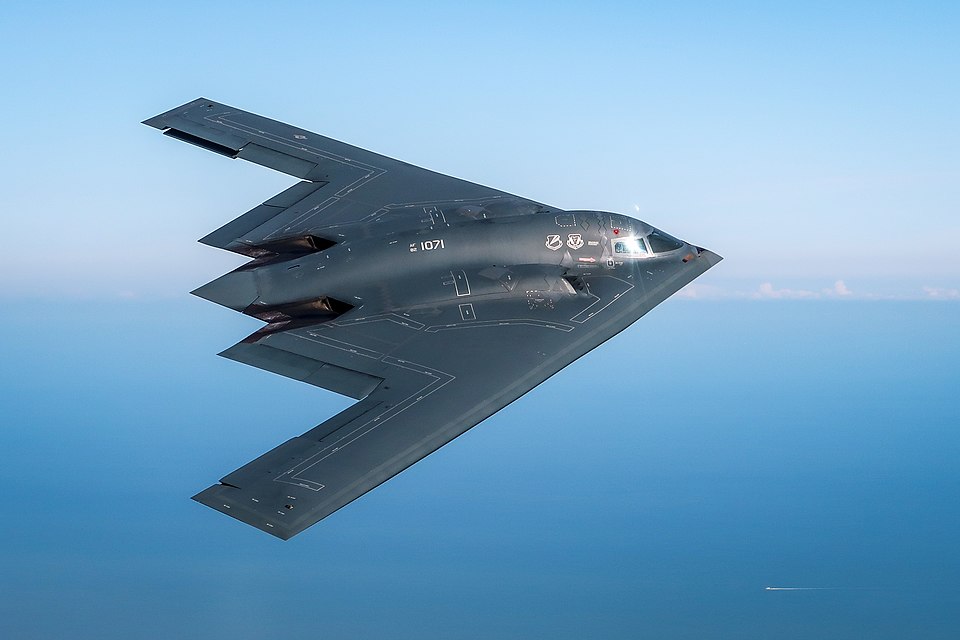
9. Stealth carrier integration and range
Fully loaded, the carrier variant J-35 launches on an electromagnetic catapult, extending the combat radius out to about 1,200 km; external tanks push ferry range beyond 2,000 km. Range like that, in combination with stealth, means deep strike against regional bases and naval task forces without tanker support is doable.
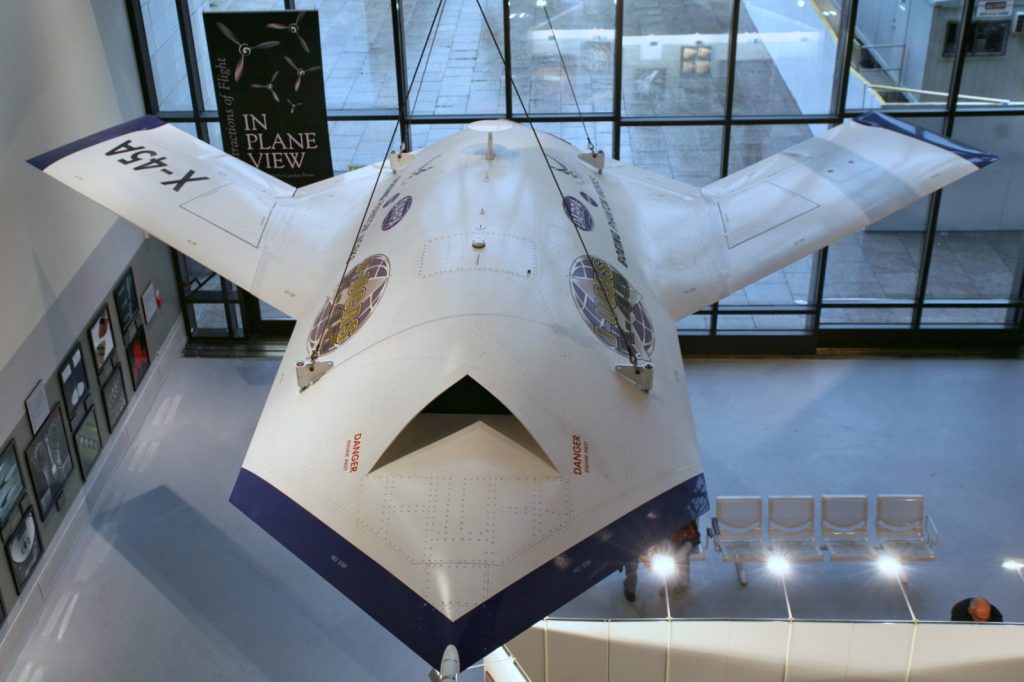
10. Toward Sixth-Generation Synergy
In the Chinese vision, the J-20 and J-35 would serve as nodes in a future “Air Combat System 2035,” more fully integrating AI decision aids, loyal-wingman drones, and hypersonic weapons. This networked approach could blur generational lines, enabling present fighters to become command hubs for unmanned systems and extended-range munitions, perhaps bypassing U.S. adoption timelines.
The surge of Chinese stealth fighters is an industrial-scale convergence of advanced propulsion, doctrinal evolution, and carrier integration not a single variable challenge. U.S. and allied forces retain advantages in pilot proficiency and combat experience and networked warfare, but the pace and focus of the programs in Beijing are eroding those margins. The Indo Pacific airpower balance is in flux, and the next ten years will test qualitative superiority against quantitative pressure.
